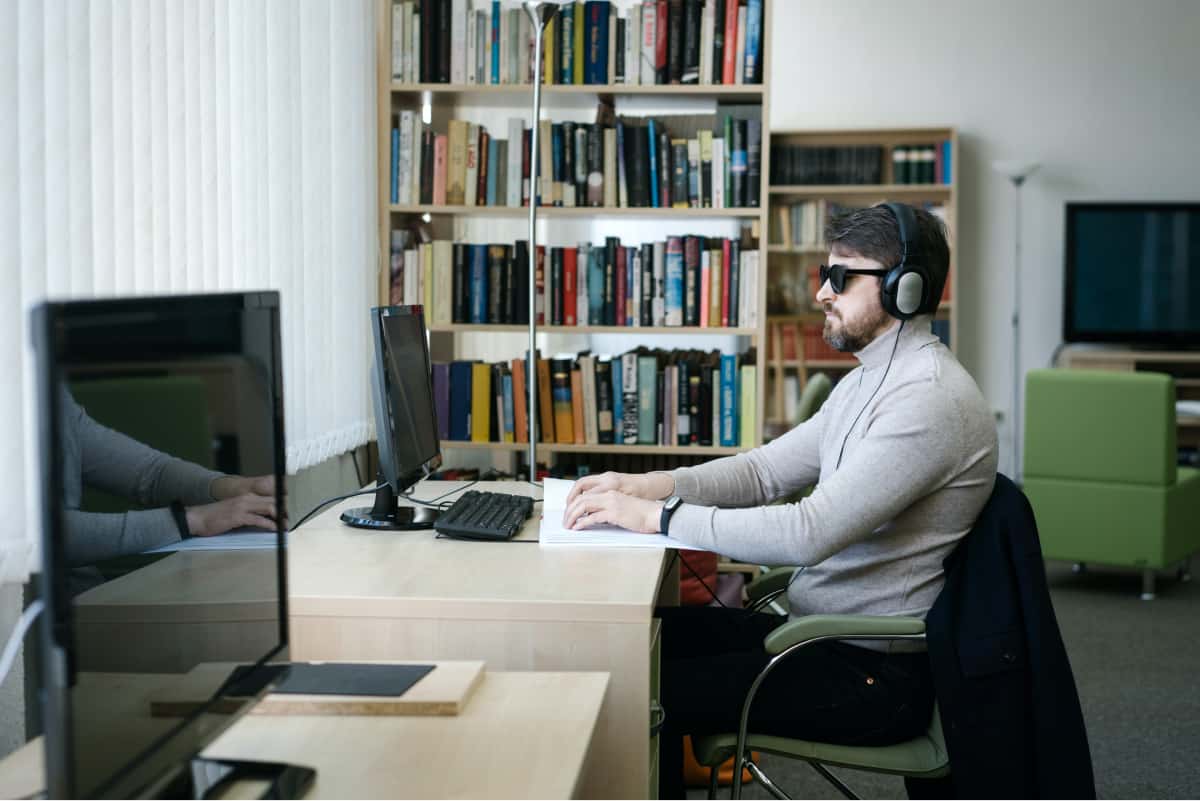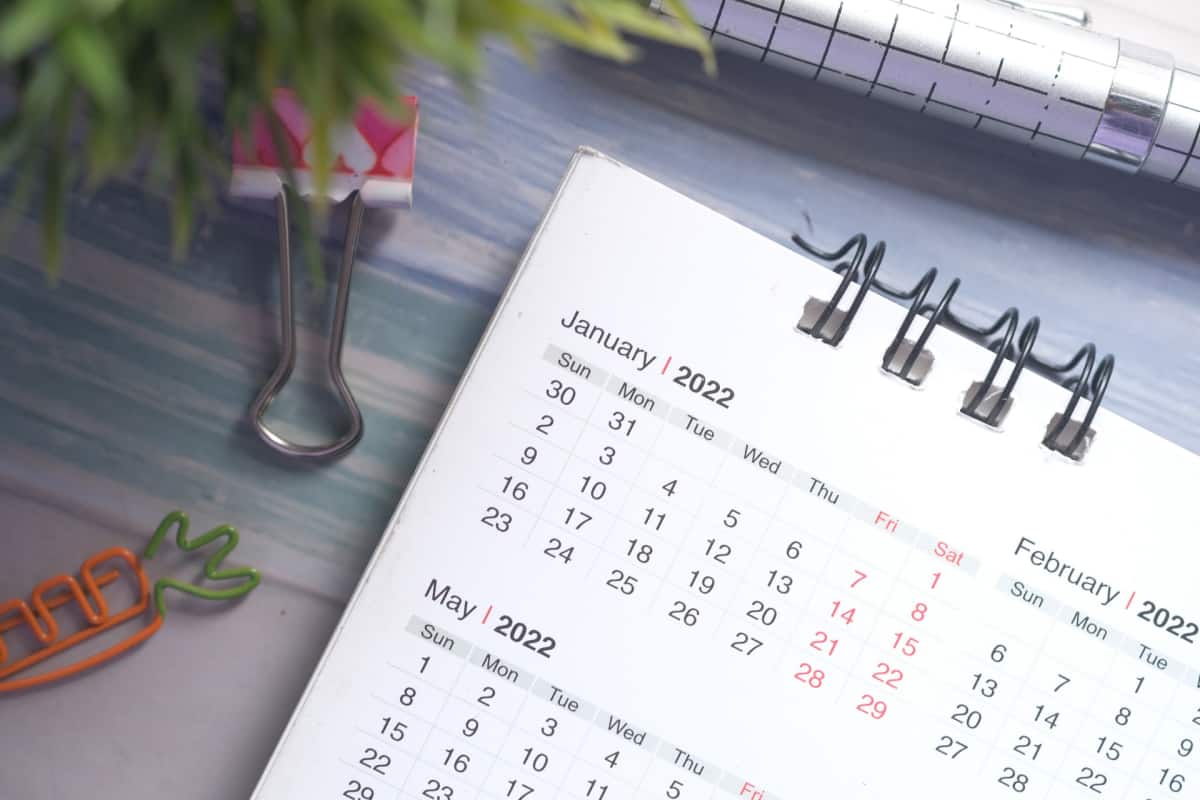With a new year comes new trends, and 2022 is no different. From the announcement of the coming metaverse to more solidified remote design capabilities, the previous year set up the design world to bring some innovative ideas to life. To follow up on our 2021 edition of design trends, we tapped design leaders around the globe to understand the 2022 UX design trends they predict will move the needle this year and what they hope to see from the industry.
What 2022 UX Design Trends Can We Look Forward to?
1. More Remote Work
Over the course of the last two years, design teams around the world have gotten cozy in their home offices and figured out how to collaborate effectively without actual face time. This will continue in 2022, as some companies choose to pivot to fully remote moving forward, and others continue giving their employees flexibility on where they work.
Will Norris, Director of Design at Codal, believes that remote is the way of the future, especially in design: “Ways to enable remote work will continue to dictate how enterprise applications change in 2022. I think this goes beyond new collaboration tools and the latest web conferencing software and more into ways to replicate the human interaction we took for granted before the pandemic. For example, have we done enough to address the accessibility needs of our remote workers when we design the mission-critical software they use today?”
He continues, “Remote work (in some form or fashion) is here to stay. We need to figure out how to adapt our processes to work remotely without losing that ‘scrum room’ sense of collaboration and teamwork. And I think we’re exactly the right people for the job – the ones to apply design thinking and strategy to how we do design. We need to drink our own champagne.”
Further exploring how far designers have come in a remote environment, Lindsey Allard, CEO, and Co-Founder of PlaybookUX points out that the pandemic helped “companies realize the benefits of remote research. Remote research allows companies to get a more representative sample of participants. Imagine that a company based in New York is looking to get feedback from its user base. While they serve customers across the globe, they are limited to users that live in New York for in-person sessions. This trend will continue to grow in 2022!” Getting on Zoom or Teams with research participants is a great way to open the aperture and hear from a wider array of people when conducting user research.
2. The Metaverse
Whether we like it or not, the Metaverse is coming. Ola Olusoga, Head of Design, WordPress.com at Automattic, suggests designers invest now to get ahead. He continues, “With Facebook’s big move to rebrand as Meta, and their commitment to heavily investing in the future that blurs the line between our real life and virtual, we’ll begin to see other companies invest in building experiences in VR and AR. Design will begin to introduce fragments—things like styling, 3D rendering, animations, more story-based experiences—of VR, and the Metaverse into experiences that are created in 2022.” Design as we know it is about to change for good. Get involved now to create the future you want to see.
3. Personalization
Across design, commerce, and beyond, customers expect to be met with personalized experiences—especially when they are giving up so much personal data. JM Littman, Director of London-based web agency Webheads, predicts that “2022 is going to be an exciting year for changes in UX. A key trend that encompasses many of the new technology changes will be the increase in personalization. Artificial Intelligence, changes to web searches, and the increase in content tailored to voice search will all put increasing focus on the user and their preferences.”
4. Inclusive Design
John Gonzalez-Lara, a Copywriter based in Texas, reminds us that an important 2022 UX design trend will be ensuring that design is accessible by all. “Inclusivity will be a vital trend as the world continues to prioritize inclusivity, accessibility, and diversity. Inclusivity in design and user experience is about creating a plan or experience that works for the most significant amount of people possible. Designers in 2022 should consider people with special needs, impairments, and disabilities when designing. They should also acknowledge the many factors that make a person who they are during the design process, such as age, language, religion, gender, race, sexual orientation, and socioeconomic background. These concepts are not new to design or user experience, but in 2022 they will be a higher priority than ever before.”
5. Simplification
Allard predicts that all-in-one tools will be essential to UX design in 2022. She explains, “Researchers and designers are turning to all-in-one tools to conduct research and analyze research. Instead of mixing and matching tools that only cover a portion of the design & research lifecycle, companies want to recruit, conduct, and analyze in one tool.”
This is also true in the mobile app and web design spaces. Designers shouldn’t have to start from scratch each time, instead, they should employ tools that provide the building blocks needed to crank out their ideas faster than ever. Tools like Proto.io provide this functionality and enable better collaboration and communication across team members and stakeholders alike.
6. Honorable Mentions
There are so many more trends than we have space to discuss, so Littman did a great job of summarizing a few more 2022 design trends we can’t help but mention: “Other trends I expect to see in 2022 include a focus on interaction design, improving every detail, down to the smallest interaction a user has within a product. And as people increasingly access their content through handheld devices, I expect to see a focus on the mobile-first experience, ensuring the desktop user experience is also optimized across mobile devices.”
What Designers Hope to See This Year
With a brand new year ahead of us, there is an opportunity to improve the design world in myriad ways. Olusoga hopes for two different types of diversity in design for 2022. He breaks down how he would like to hear new voices in the design community: “The field of design is still homogeneous. In 2022, I hope to see more diversity in race, gender, beliefs, socioeconomic status, location, ability, and other factors. Diversity leads to stronger outcomes for the product due to the differences in background, perspective, and context.” Accomplishing this means both hiring more diverse designers and promoting stellar designers who have different lived experiences to make sure that there is a wealth of outlook and opinion at all levels of the organization.
Secondly, Olusoga looks forward to diversity in how design is executed and the final products that designers create: “The industry tends to lean heavily into trends which leads to groupthink and bleeds into how things are executed. In 2022, I hope to see more diversity in product experiences and designs shipped. We need more randomness, quirkiness, and out-of-the-box thinking that pushes the current zeitgeist.”
Following established trends is common in design, but breaking out to experiment will help push the industry forward. So don’t be scared of that wacky idea in the back of your head, bring it to life anyway, and get feedback from your peers. You might just find a better approach to an age-old design challenge with your new way of thinking.
Where the Design Industry Could Be Going in 2022
With these 2022 UX design trends and aspirations, it’s clear that it will be an exciting year for creatives around the globe. And, as always, that will mean an influx of new practitioners will be taking up design. They could be fresh out of art school or have reached design from an unconventional path. Olusoga hopes that “With the influx of interest in the field, and folks looking for their first opportunity, companies embracing the junior designer role would help with:
- Addressing pipeline issues when it comes to talent and diversity
- Providing more support to mid to senior designers through execution
- Bringing in fresh perspectives based on newness to the field
- Building loyalty by hiring early in a person’s career”.
We are really looking forward to seeing what 2022 will bring to the design industry. What 2022 design and UX trends do you think will be popular? Let us know by tweeting us @Protoio.
Proto.io helps you bring your idea to life in no time, with no coding skills required. It’s ideal for UX designers, entrepreneurs, product managers, marketers, students, and anyone with a great idea. Sign up for a free 15-day trial to start building your first prototype today!









